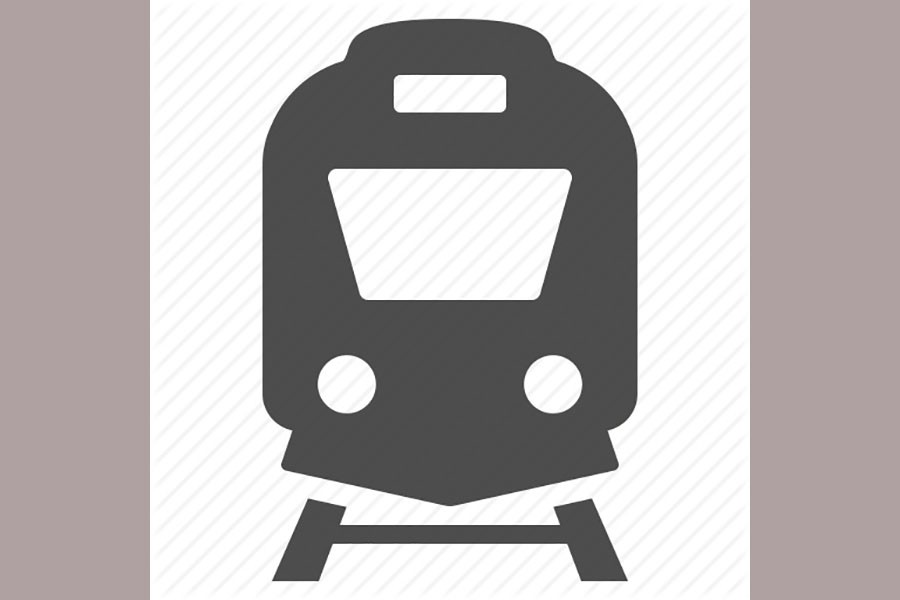ALTHOUGH the performance of the Bangladesh Railways is not up to the mark, it is always looked upon as common people's transport in Bangladesh. Recently the government has given priority to development of railways. Renovation work of stations, bridges, culverts have been going on in full swing. Large projects involving big bridges like Padma bridge, second Bhairab bridge, second Teesta bridge are being constructed and those will be opened for traffic within a couple of years. The government is also actively considering rehabilitation of railway tracks connecting India and other neighbours at different places in Bangladesh. Costruction work of dual gauge railway track between Dohazari to Ghundum via Cox's Bazar is scheduled to be started soon. New railway tracks are also being constructed between Bhatiapara to Tungipara, Gopalganj and Khulna to Mongla.
Meanwhile, the authority has started importing railway passenger and goods train bogies, oil container coaches from abroad. At the same time the authority has also concentrated on upgrading the signal systems and improving digital ticketing services. It also has a plan to connect Bogra with Sirajgonj by a dual gauge railway track. The project will soon start and after completion of the project the distance between Dhaka to Bogra will reduce considerably. People of northern part of the country would benefit greatly and an alternative railway track would be installed connecting northern region with the capital.
New railway track connecting Paira port via Barisal will be constructed in 5 to 7 years. Besides, another new railway track will connect Jessore to the southern end of Padma bridge. In addition the government is actively considering introduction of circular railway in the capital and construction work of metro rail is going on in full swing. On the maintenance side, the railway authority is now upgrading the Saidpur and Pahartoli railway workshops. After completion of these projects, train journey and services would be more comfortable and user-friendly.
But the two important things which are yet to draw attention of the government are double track and dual gauge trains. We know, Bangladesh is now being rapidly industrialised and the size of middle class is expanding fast. The volume of passengers will also increase fast and at the same time goods transportation will also rise.
In order to face these future challenges all the railway tracks need to be transformed into dual gauge tracks, otherwise increasing pressure of passengers and goods cannot be addressed properly. The policymakers and members of civil society should think of this issue seriously.
Ahmad Nesar
Dhaka


